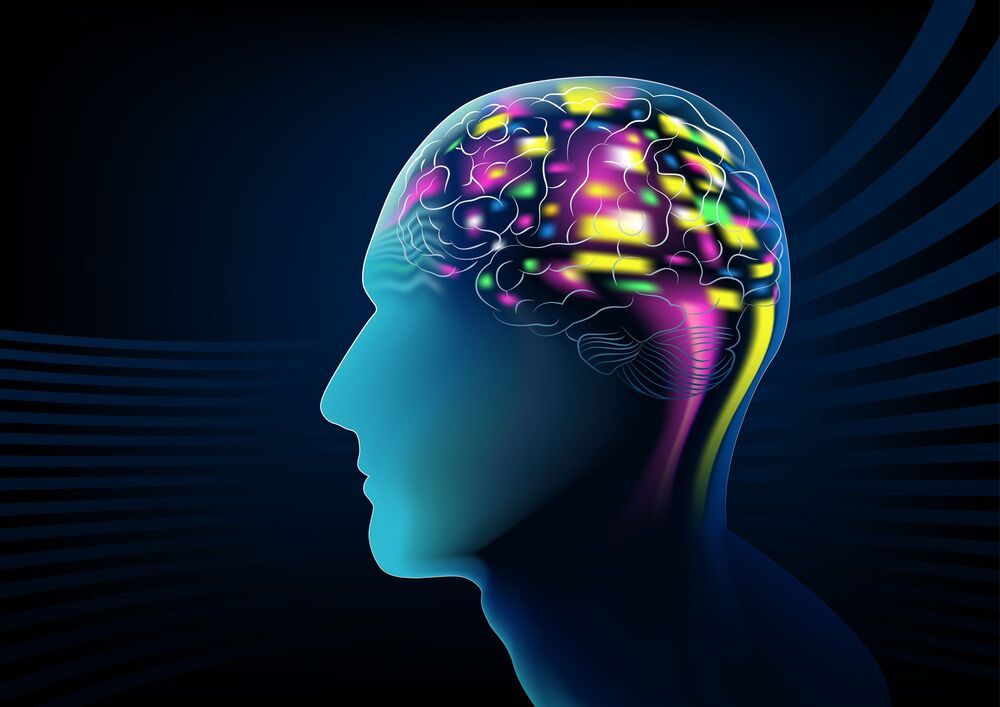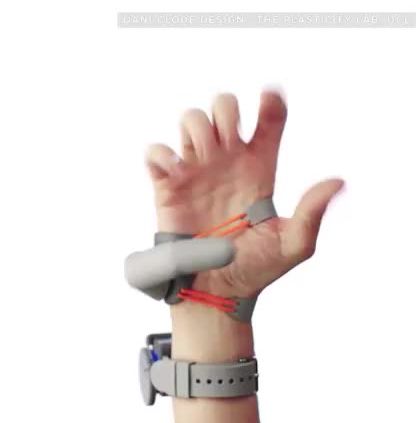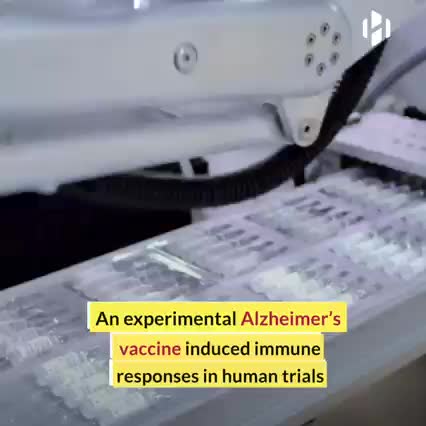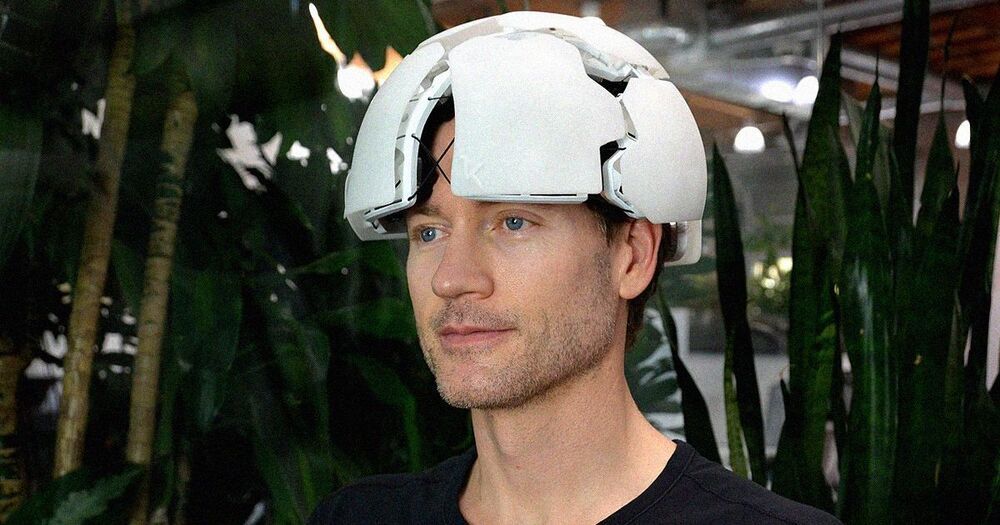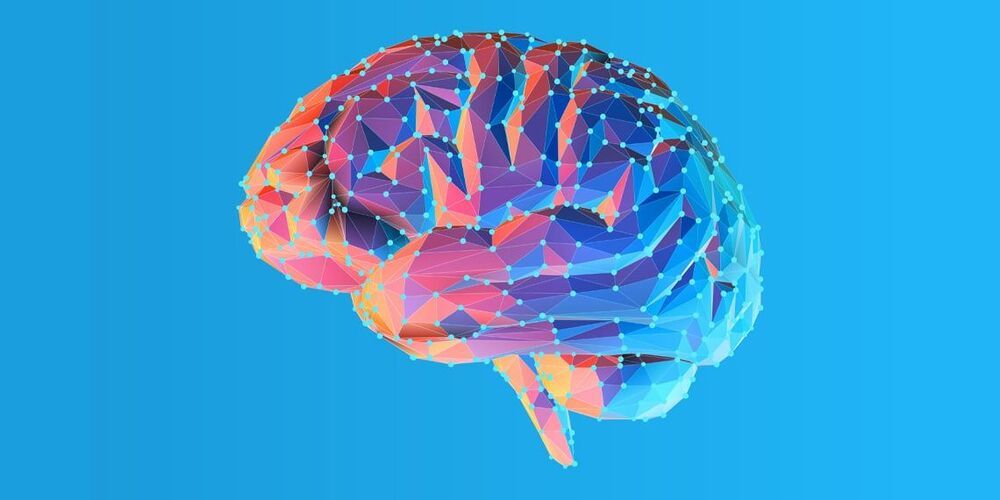Engineers at Duke University have devised a system for manipulating particles approaching the miniscule 2.5 nanometer diameter of DNA using sound-induced electric fields. Dubbed “acoustoelectronic nanotweezers,” the approach provides a label-free, dynamically controllable method of moving and trapping nanoparticles over a large area. The technology holds promise for applications in the fields ranging from condensed matter physics to biomedicine.
The research appears online on June 22 in Nature Communications.
Precisely controlling nanoparticles is a crucial ability for many emerging technologies. For example, separating exosomes and other tiny biological molecules from blood could lead to new types of diagnostic tests for the early detection of tumors and neurodegenerative diseases. Placing engineered nanoparticles in a specific pattern before fixing them in place can help create new types of materials with highly tunable properties.



